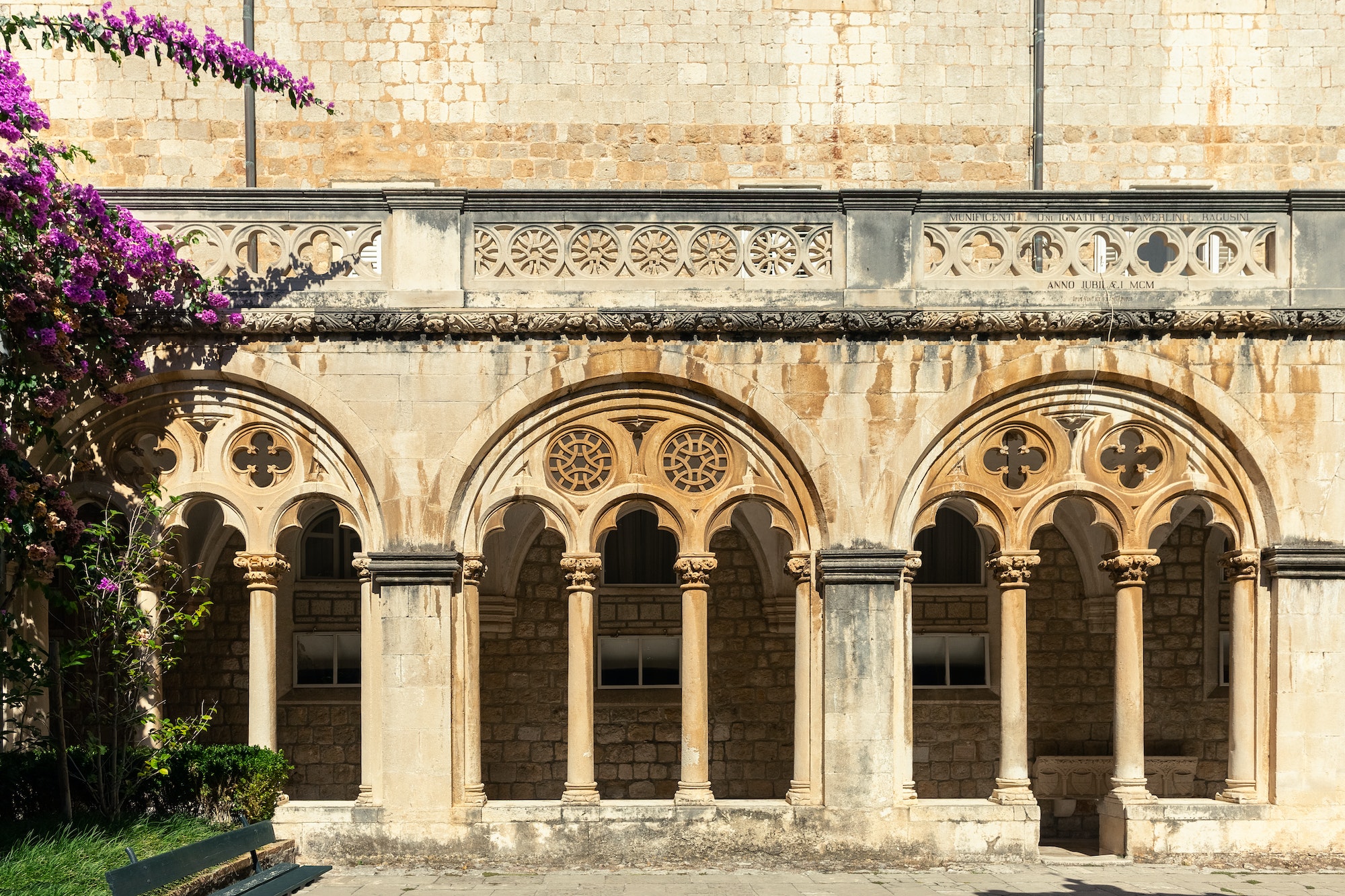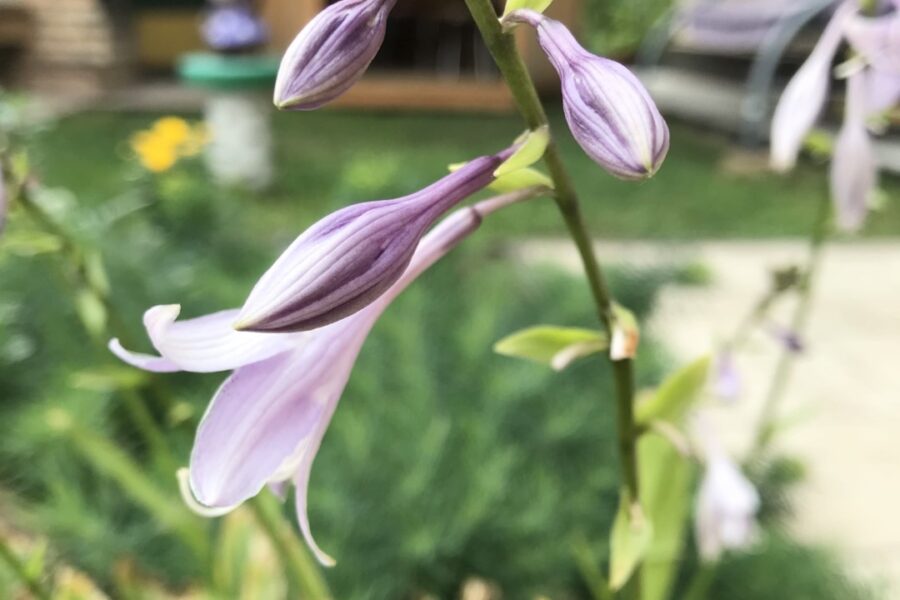Gothic is a European architecture style first popularized between the 12th and 16th centuries, firstly in France before spreading across the continent and then the rest of the world. Gothic architecture is often associated with beautiful stained-glass windows, flying buttresses, arches, and ornate decor.
You will find tall stained glass in many churches and places of worship; their size allows for lots of light, and they often depict well-known biblical scenes and stories. Height is important in gothic buildings and elements like flying buttresses support heavy buildings by redistributing the weight from a heavier level to a lower, sturdier one.
In the United States, you can find a number of attractions inspired by Gothic architecture. In New York, there is St Patrick’s Cathedral and Trinity Church. Over in Pennsylvania, there is the Cathedral of Learning in Pittsburgh and famously, in Washington D.C., you can visit the gothic Washington National Cathedral.
Arches in particular are synonymous with gothic style. Arches are most frequently seen over doorways and windows and support weight. Majestic buildings like the Roman Colosseum and Roman Aqueduct were built with many pointed arches.
It isn’t only historic buildings and structures that embraced architecture, the style is being incorporated into many modern-day housing alternatives. Alternatives for traditional housing are designed to mitigate some of the current issues faced in residential housing.
For example, space is at a premium in built-up areas, people are looking for more budget-friendly options as the cost-of-living increases and there is more interest in the use of sustainable materials.
One example of alternative architecture that uses elements of Gothic design is the dream Quonset hut home, a type of quality prefabricated housing. The Quonset Hut Home is fully customizable and comes with an open floor plan and arched design.
As with gothic buildings, the Quonset design lets in as much natural light as possible with multi-angle skylights and high-efficiency windows. Arched roofs are also suitable for snowy conditions as they are more able to handle the weight of the snow and wind resistance.
Another benefit of the arched structure is its grand appearance, it is often far more interesting to look at in comparison to flat structures. Arches can be made up of any material, including stone, wood, and brick.
Something to consider with arched designs is that they can be more complicated to construct. However, this is less of an issue for those purchasing prefabricated housing designs. They also have more limited spans and require stronger support than more typical structures.
Another alternative model that utilizes gothic elements is timber-constructed housing. Timber framing construction uses heavy timber rather than traditional lumber. These buildings often have exceptionally high ceilings and impressive beams.
Like gothic cathedrals, solid timber-constructed housing is extremely long-lasting and will stand firmly in place for many years to come. Many gothic buildings have stood for centuries, and timber-constructed housing has potential too, if cared for properly.
For those looking for sustainable housing, stone buildings can also be a great alternative. Rocks are a natural resource and do not require painting to look aesthetically pleasing. Stone buildings can look a little dated, modern design elements can be included to bring them into the 21st century.
Where sustainability and resources are concerned, the stone is a top material. It can often be sourced from the local area, reducing the cost of transport and the amount of carbon emissions.
Gothic buildings are often made from stone, this is usually limestone as the material has remarkable durability and great thermoregulation capabilities. It can also be a cost-effective material. Famous stone gothic buildings include Milan Cathedral and Notre Dame.
Gothic design may have been around for centuries, but architecture today still recognizes its beauty and practicality when incorporating it into new housing projects.
Discover more from Futurist Architecture
Subscribe to get the latest posts sent to your email.



![modern apartment [article_title]](https://www.futuristarchitecture.com/wp-content/uploads/2025/04/9-Automated-Secrets-to-Robot-Your-Smart-Blinds-540x600.jpg)